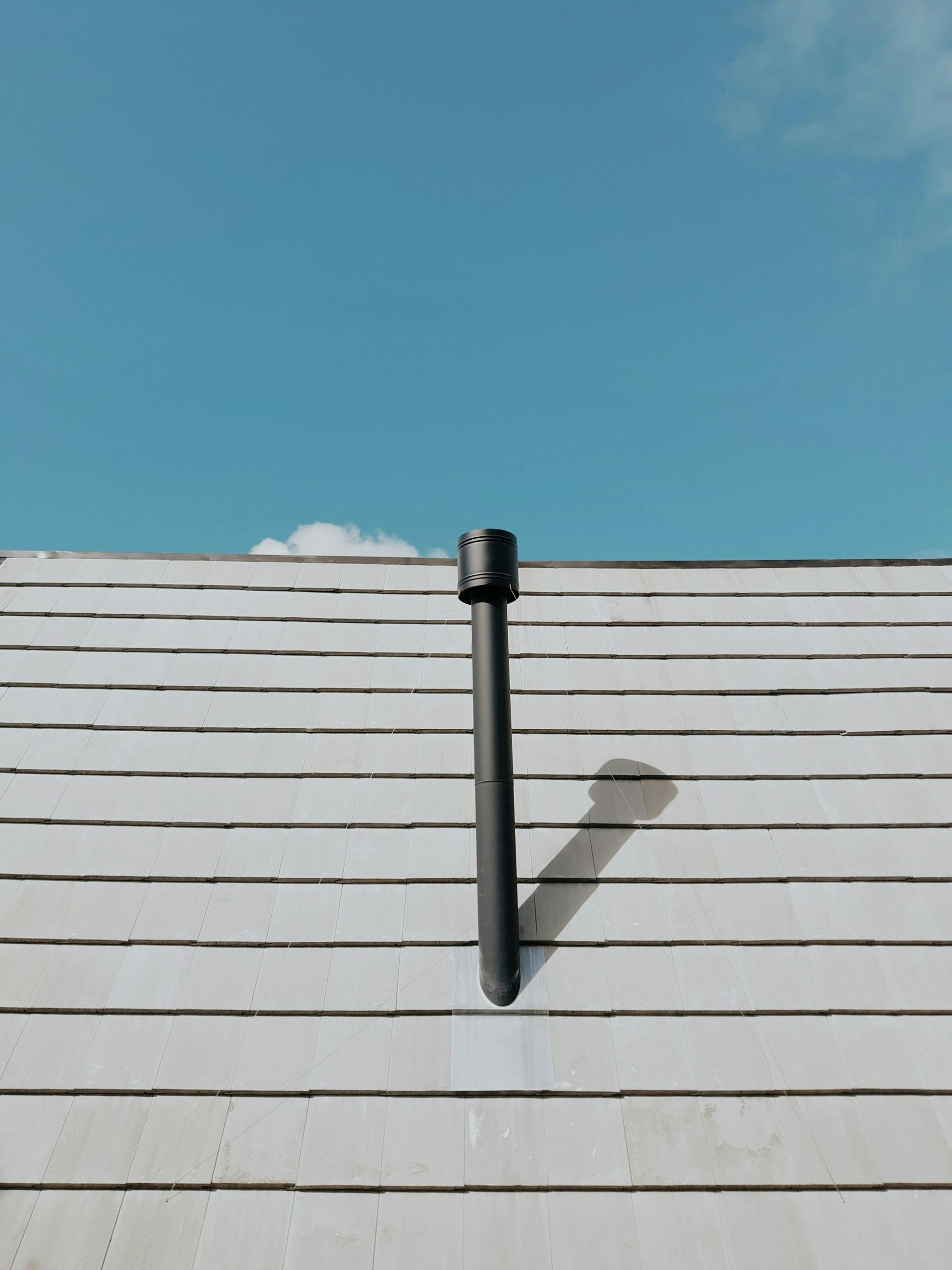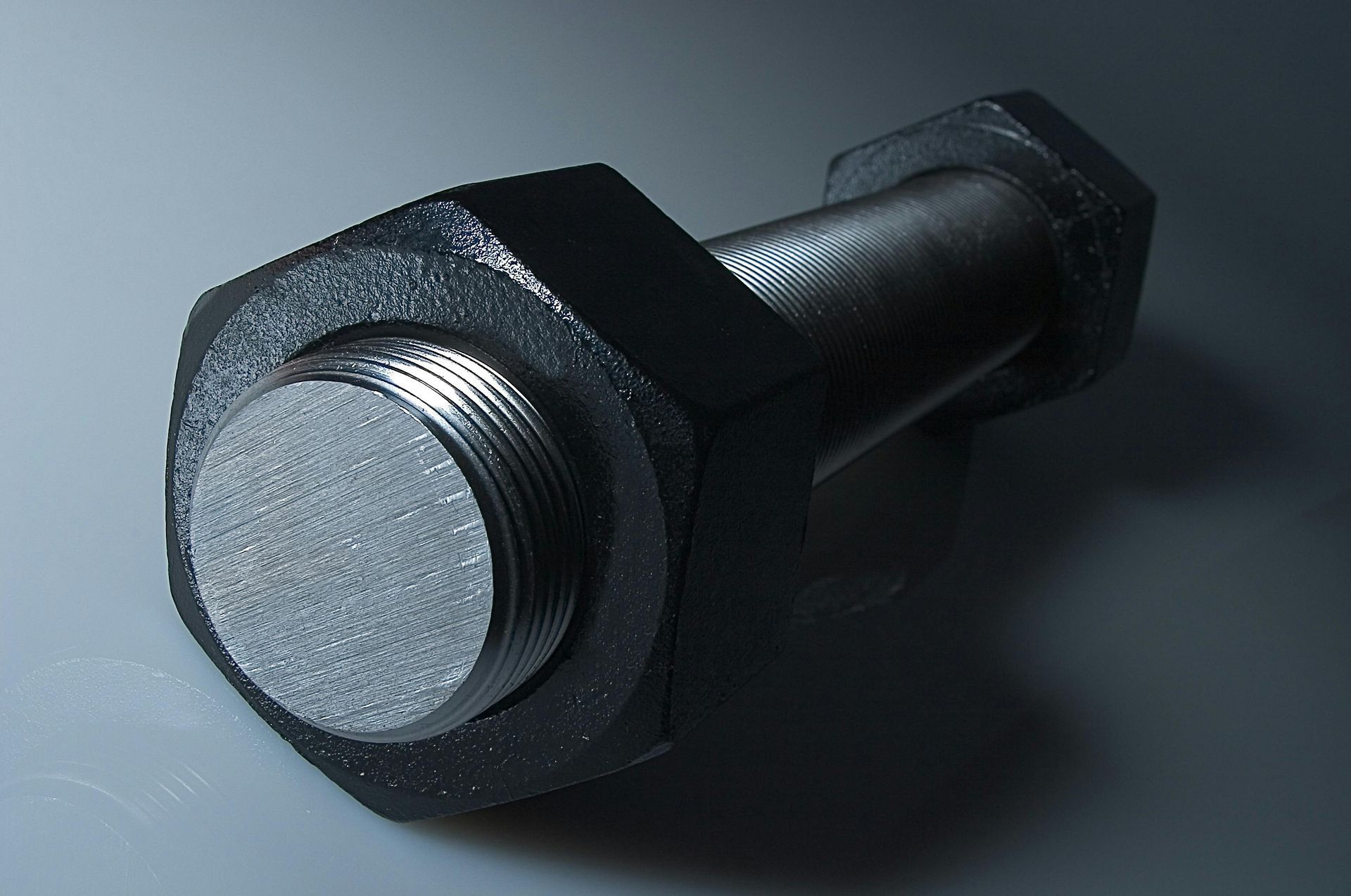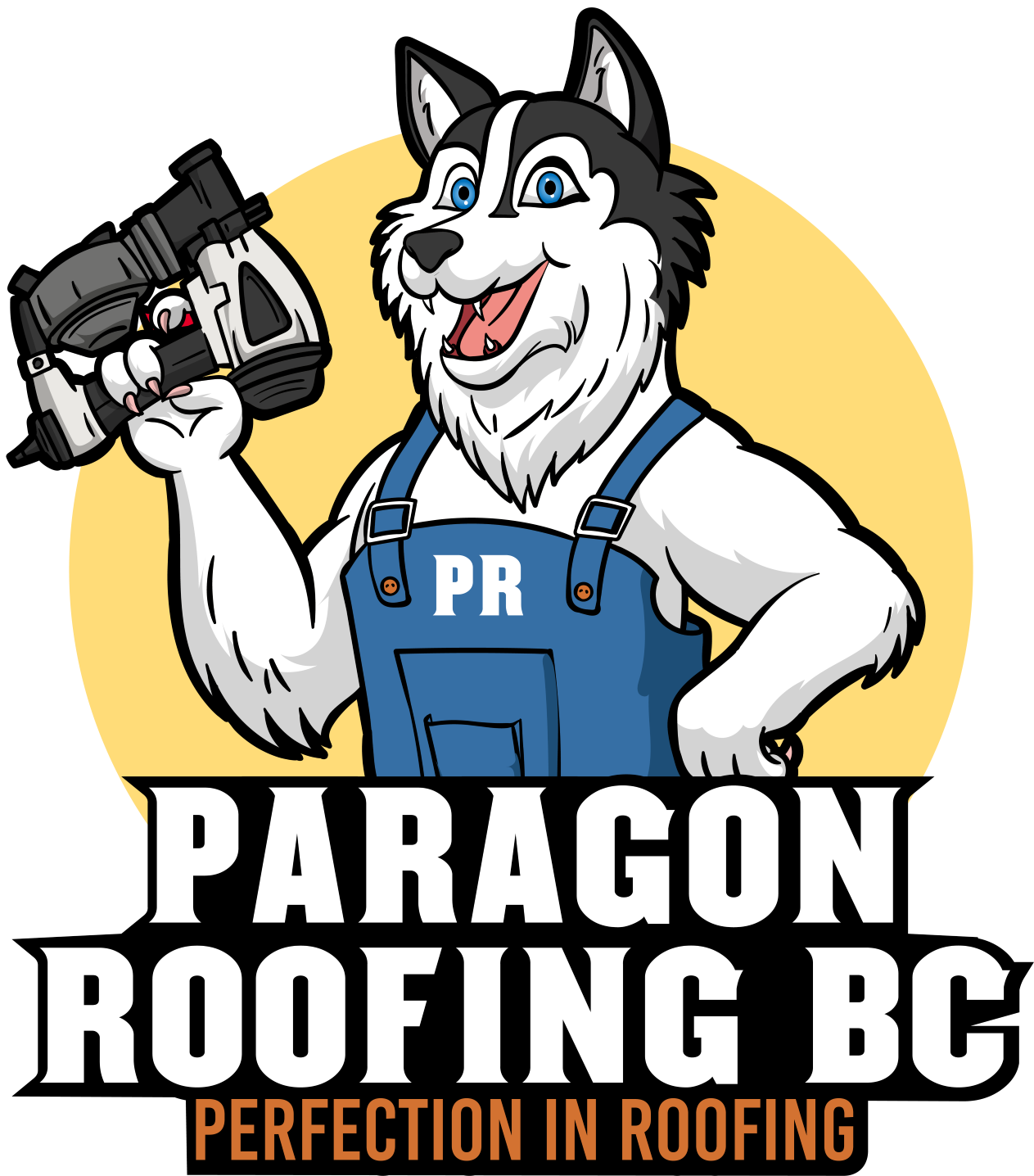In Vancouver strata homes, a metal roof will not “void your warranty” by default. Warranties are preserved when the strata approves the work, the system is installed to the manufacturer’s and RCABC standards, and conditions of coverage (materials, inspections, maintenance) are met. ([Government of British Columbia][1], [Roofing Contractors Association of BC][2], [RCABC Roofing Practices Manual][3])
strata-friendly metal roofing Vancouver · rain sound tests
Need help with roofing in Vancouver ? Get a same-week assessment.
- Get formal strata approval (3/4 vote if it changes use or appearance). ([Government of British Columbia][1])
- Match the roof to written standards (RCABC/ASM + manufacturer). ([RCABC Roofing Practices Manual][3])
- Use accepted materials and certified practices only. ([RCABC Roofing Practices Manual][4])
- Document inspections; keep maintenance and modification records. ([RCABC Roofing Practices Manual][4])
- Mind coastal clauses (salt-spray limits, fasteners, coatings). ([Metal Sales][5], [Western States Metal Roofing][6])
What “warranty” means on a Vancouver strata roof
You’re dealing with three (sometimes four) layers of protection. Knowing which promise covers what—and what voids it—keeps you out of trouble.
| Warranty type | Who issues it | What it covers | Common “void” triggers | Strata actions to preserve |
|---|---|---|---|---|
| Manufacturer paint/finish(PVDF/SMP) | Panel/coil maker | Fade, chalk, film adhesion on coated metal | Coastal proximity limits (often 1,000–1,500 ft), dissimilar metals, surface attachments (snow guards/solar) where excluded | Choose coastal-approved product; verify distance clauses; get written acceptance for accessories |
| Manufacturer substrate(e.g., Galvalume®) | Panel/coil maker | Base metal corrosion (terms vary) | Coastal zone exclusions; dissimilar metals; contamination | Consider aluminum near ocean if steel isn’t warrantable; follow compatibility charts |
| Weathertightness(leak) | Manufacturer and/or installer | Roof stays watertight for a set term | Non-certified installer; skipped details; unapproved penetrations; missed inspections | Engage certified installer; allow required inspections; register warranty correctly |
| RCABC RoofStar Guarantee(leak) | RCABC Guarantee Corp + member contractor | Leaks due to accepted materials/workmanship to program standard | Using non-accepted materials; reusing old components; unapproved modifications; neglected maintenance | Specify RoofStar in contract; use member contractor; accept independent observations; maintain the roof |
| Home Warranty Insurance 2–5–10(new buildings) | Third-party insurer (mandatory in BC) | 2 years labour/materials; 5 years building envelope; 10 years structure | Unapproved alterations to the envelope, non-licensed repair contractors | For buildings under 10 years, coordinate with warranty provider; use licensed envelope contractors |
([Metal Sales][5], [Western States Metal Roofing][6], [Sheffield Metals][7], [MBCI][8], [Roofing Contractors Association of BC][2], [RCABC Roofing Practices Manual][4], [BC Housing][9])
Will metal “void our warranty” in a strata? The real answer
No—not automatically. In B.C., a roof replacement or conversion to metal can retain or even improve warranty coverage if you align four things:
- Strata authority: Strata roofs are usually common property. Any replacement or appearance change requires formal approval (often a 3/4 vote). Work done without approval can expose the corporation and owners and may compromise access to coverage or claims. ([Government of British Columbia][1], [Land Title Practice Manual][10])
- Standards: Vancouver projects commonly lean on RCABC Roofing Practices Manual Standards. For metal (ASM), the RoofStar Guarantee requires minimum slopes, hidden-clip systems for 15-year coverage, eave/valley protection, separation layers where applicable, and accepted materials throughout. Deviations can void coverage. ([RCABC Roofing Practices Manual][3])
- Manufacturer requirements: Weathertightness warranties typically require certified installers, submittal/inspection milestones, and adherence to panel-specific low-slope, seam, and closure details. Skip those and the warranty may never issue—or it can be void. ([MBCI][8], [mcelroymetal.com][11])
- Coastal reality: Many paint/finish warranties exclude installations within ~1,000–1,500 ft of salt water, or they require aluminum and PVDF coatings rather than steel. Vancouver’s shoreline and inlets make this highly relevant—select the right product or you may not have finish coverage. ([Metal Sales][5], [taylormetal.com][12])
The strata process that keeps coverage intact
1) Resolve authority first.
Place the roof project on the AGM/SGM agenda. If the new roof changes the appearance(metal vs. previous material) or use(e.g., adding solar, hatches, common-area decks), secure the required 3/4 vote. Minute the conditions (e.g., use of a RoofStar Guarantee; certified installer; no post-install penetrations without written approval). ([Government of British Columbia][1])
2) Specify coverage in writing.
If you want an RCABC RoofStar
10- or 15-year guarantee, say so in the spec and contract. RoofStar is available only through RCABC member contractors
and requires independent observations
during installation and scheduled performance reviews. ([Roofing Contractors Association of BC][2], [RCABC Roofing Practices Manual][13])
3) Align the manufacturer warranty.
For a weathertightness
warranty, submit drawings to the manufacturer, confirm installer certification, inspection cadence, seam/clip schedule, and low-slope packages. Keep all inspection and payment paperwork; warranties often issue after final inspection and documentation. ([mcelroymetal.com][11])
4) Check 2–5–10 status.
If the building is <10 years old, it likely carries BC’s statutory home warranty insurance. Envelope renovations (like re-roofing) can require a licensed repair contractor and third-party repair warranty insurance. Coordinate up front to avoid affecting coverage. ([BC Housing][9])
5) Register the right owner.
Issue warranties to the strata corporation(not an individual owner) and keep copies with council records, depreciation reports, and the operations/maintenance manual. (This aligns with how strata administers common property and voting.) ([Government of British Columbia][1])
Where strata projects actually lose coverage (and how to avoid it)
Unauthorized alterations to common property
Individual owners adding penetrations (satellite dishes, mini-split linesets, skylights, PV) without strata and guarantor approvals can void weathertightness or RoofStar coverage. The RoofStar program explicitly requires written notice and observation for modifications during the guarantee term. ([RCABC Roofing Practices Manual][4])
Using non-accepted materials or mixing systems
RoofStar guarantees cover accepted materials
only; mixing in unlisted components or reusing old flashings can void coverage. Many manufacturer warranties also exclude dissimilar metals
that trigger galvanic corrosion. ([RCABC Roofing Practices Manual][4], [Sheffield Metals][14])
Skipping required inspections
Weathertightness warranties frequently require pre-construction submittals and multiple inspections. If the project never books inspections (or you switch installers mid-stream without notice), the warranty may not be issued. ([MBCI][8])
Coastal clause misfires
Finish warranties often state “no coverage within 1,000–1,500 ft
of salt water” unless a specific coastal system is used. Selecting a non-coastal steel system in Kitsilano or Coal Harbour? Expect exclusions. In some programs, aluminum + PVDF
is the coastal path. ([Metal Sales][5], [Western States Metal Roofing][6])
Neglected maintenance
The RoofStar program lists neglected maintenance
as an exclusion and requires owners to keep the roof maintained (debris, caulking, drains) and to notify
the guarantor of modifications. Keep a log: inspections, cleaning, minor repairs, and any third-party rooftop work. ([RCABC Roofing Practices Manual][4])
Vancouver/BC specifics to bake into your metal-roof spec
- RCABC ASM (Architectural Sheet Metal) Standard for steep-slope metal with RoofStar: minimum slope, hidden-clip panels for 15-year coverage, eave/valley protection, and separation layers where required. ([RCABC Roofing Practices Manual][3])
- Eave protection & underlayments: requirements vary by slope; RCABC details the assemblies that qualify. This is both a waterproofing and warranty issue. ([RCABC Roofing Practices Manual][15])
- Observation and performance reviews: RoofStar includes independent observations during construction and scheduled reviews at years 2, 5, 8 (and 12 for 15-year). These checkpoints help preserve coverage. ([Roofing Contractors Association of BC][2])
- Coastal coatings: Verify the finish warranty’s salt-spray distance and coating system; many suppliers publish PVDF coastal terms. ([Metal Sales][5])
Solar, snow guards, and other rooftop add-ons (big warranty traps)
Solar is great, but it touches warranties, bylaws, and common property:
- Strata approval: PV is almost always a significant change; expect a 3/4 vote with an alteration agreement that shifts maintenance/liability and sets access rules. ([choa.bc.ca][16])
- Finish warranty: Some paint warranties exclude areas under clamps, snow guards, or adhered films; other programs say attachments void coverage in attached zones. Get written positions from the panel supplier. ([Sheffield Metals][17], [PAC-CLAD | Petersen][18])
- Weathertightness: Penetrations or attachments not detailed per the roofing manufacturer can void leak warranties; non-penetrating, engineered clamps are often preferred on standing seam (still confirm with the roof and coating suppliers). ([MBCI][8], [blog.s-5.com][19])
- New-building warranty: For <10-year buildings, BC Housing recommends legal review of PV contracts and roofing warranty implications, plus a properly drafted 3/4 vote resolution. ([BC Housing][20])
Playbook: how a Vancouver strata keeps metal-roof warranties safe
- Resolution & scope
• Bring the project to an AGM/SGM with a scope that names the standard (RCABC ASM), desired coverage (RoofStar 10- or 15-year; manufacturer weathertightness), and accessory policy (no penetrations without written approvals). ([Government of British Columbia][1], [Roofing Contractors Association of BC][2]) - Design to standard
• Have the design authority/specifier reference the RCABC Roofing Practices Manual and “Specifying a RoofStar Guarantee” language so everyone builds to the same playbook. ([RCABC Roofing Practices Manual][21]) - Pick the right product for the coast
• Confirm finish and substrate warranties for your specific address; if within coastal limits, select the coastal system (often aluminum + PVDF). Obtain sample warranty forms upfront. ([Metal Sales][5], [Sheffield Metals][14]) - Use eligible installers and book observations
• Choose an RCABC member contractor for RoofStar; ensure the manufacturer recognizes the installer for any weathertight program. Lock in observation and inspection schedules in writing. ([Roofing Contractors Association of BC][2], [mcelroymetal.com][11]) - Close-out and registration
• Collect and file: as-builts, observation reports, manufacturer inspection reports, warranty certificates, and the maintenance guide. Make the strata corporation the named warrantied party. ([Roofing Contractors Association of BC][2]) - Maintenance & change control
• Adopt a roof policy: no penetrations or attachments (PV, antennas, HVAC) without council approval and written sign-off from the guarantor/manufacturer; maintain a log of cleaning, inspections, and repairs. (RoofStar lists maintenance neglect and modifications by others as exclusions.) ([RCABC Roofing Practices Manual][4])
People Also Ask — concise answers
Will switching to metal void our strata’s roof warranty?
No—if the strata approves the change and the project meets RCABC and manufacturer
requirements with eligible installers and inspections. Unauthorized alterations and non-accepted materials are the usual pitfalls. ([Government of British Columbia][1], [RCABC Roofing Practices Manual][3])
Can we keep or get a weathertightness warranty on a metal roof?
Yes. Many suppliers offer weathertightness warranties
on metal systems when certified installers, submittals, and required inspections
are completed. ([MBCI][8])
Does RoofStar cover metal roofs?
Yes. RCABC’s RoofStar Guarantee
covers Architectural Sheet Metal systems when you meet the program’s standards (slope, clips, underlayment, accepted materials) and use a member contractor with independent observations. ([RCABC Roofing Practices Manual][3], [Roofing Contractors Association of BC][2])
We’re near the ocean—are paint warranties still valid?
Often only with coastal-approved systems
and sometimes beyond 1,000–1,500 ft
from salt water. Read the distance clause and pick the correct coating/substrate. ([Metal Sales][5], [Western States Metal Roofing][6])
Do solar panels void a metal roof warranty?
They can, if installed without manufacturer-approved methods or if the finish warranty excludes attachments under clamps or adhered films. Get written approvals before installing PV. ([Sheffield Metals][17], [PAC-CLAD | Petersen][18])
What if our building is less than 10 years old?
BC’s 2–5–10
home warranty may still be active. Building-envelope renovations must be handled by licensed
contractors and may require repair warranty insurance; coordinate with the provider before re-roofing. ([BC Housing][9])
Quick risk matrix (what actually voids coverage vs. what protects it)
| Risky move | Why it voids | Safer alternative |
|---|---|---|
| Owner adds a satellite dish/mini-split without approval | Modification by others; no observation | Council approval + manufacturer/RCABC sign-off; observed work ([RCABC Roofing Practices Manual][4]) |
| Reusing old flashings with new metal | Non-accepted materials; leaks | Replace with accepted flashings; follow ASM details ([RCABC Roofing Practices Manual][4]) |
| Selecting non-coastal finish at the shoreline | Warranty distance exclusion | Specify coastal PVDF system; consider aluminum ([Metal Sales][5]) |
| Skipping weathertight inspections | Warranty never issues or is void | Book and pass required inspections; keep records ([MBCI][8]) |
| Mixing dissimilar metals | Galvanic corrosion exclusion | Follow compatibility guidance; approved fasteners only ([Sheffield Metals][14]) |
Final take
A metal roof does not void warranties in Vancouver strata homes— process and specification do. When the strata secures the correct vote, designs to RCABC ASM standards, uses accepted materials installed by eligible crews, and satisfies the manufacturer/guarantor’s inspection and documentation steps, you keep (and often improve) coverage. The real warranty killers are predictable: unauthorized modifications, coastal clause missteps, dissimilar metals, skipped inspections, and neglected maintenance. Handle those in writing, keep a tidy maintenance log, and your strata can enjoy a durable, warrantable metal roof that survives both November rain and the fine print. ([Government of Br]()




